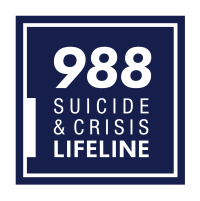
Photo from wikipedia
Background Cutaneous Leishmaniasis (CL) is an important public health issue in at least 83 countries, including Iran. Individuals’ behavior modification is believed to be one of the best ways for… Click to show full abstract
Background Cutaneous Leishmaniasis (CL) is an important public health issue in at least 83 countries, including Iran. Individuals’ behavior modification is believed to be one of the best ways for CL prevention. However, no comprehensive questionnaires have been psychoanalyzed for identification of CL prevention behaviors and its numerous associated factors, as well as the impact of educational messages. Thus, the present study was conducted to develop and psychometrically assess CL prevention behaviors questionnaire in female students. Methods The present study was performed from October 2020 to May 2021 by developing a preliminary questionnaire based on integration of Cultural Model and Extended Parallel Process Model. The questionnaire was completed online by 460 adolescent female students living in endemic areas of Isfahan, Iran. Exploratory factor analysis was performed using SPSS 24 to ensure the construct validity. Internal reliability was assessed via Cronbach’s alpha and external reliability was determined using the test-retest method based on the intraclass correlation coefficient (ICC) index. Results The first version of the questionnaire contains 110 items, out of which 82 remained according to content validity ratio (CVR) and content validity index (CVI) criteria. Afterwards, 11 items were removed due to low factor load in the construct validity process using the factor analysis technique. Ultimately, a 71-items questionnaire was developed and 12 factors were extracted from it. According to Cronbach’s alpha index, the internal reliability for the questionnaire was 0.877 and the ICC index calculated the external reliability as 0.833. Conclusions Integration of a Cultural Model with individual model was used for the first time to measure the factors related to CL prevention behaviors in this questionnaire; owing to the strength of the factor structure and appropriate psychometric properties, the questionnaire is applicable in the evaluation process of educational interventions concerning CL prevention, especially in female students.
Journal Title: PLoS ONE
Year Published: 2022
Link to full text (if available)
Share on Social Media: Sign Up to like & get
recommendations!